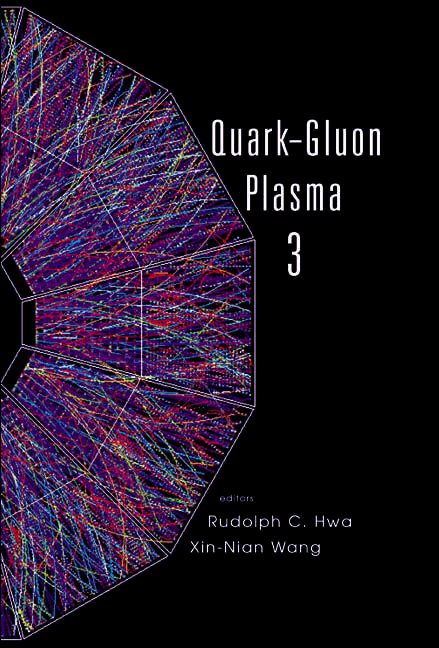THE COLOR GLASS CONDENSATE AND HIGH ENERGY SCATTERING IN QCD
At very high energies or small values of Bjorken x, the density of partons, per unit transverse area, in hadronic wavefunctions becomes very large leading to a saturation of partonic distributions. When the scale corresponding to the density per unit transverse area, the saturation scale Qs, becomes large (Qs ≫ ΛQCD), the coupling constant becomes weak (αS(Qs) ≪ 1) which suggests that the high energy limit of QCD may be studied using weak coupling techniques. This simple idea can be formalized in an effective theory, the Color Glass Condensate (CGC), which describes the behavior of the small x components of the hadronic wavefunction in QCD. The Green functions of the theory satisfy Wilsonian renormalization group equations which reduce to the standard linear QCD evolution equations in the limit of low parton densities. The effective theory has a rich structure that has been explored using analytical and numerical techniques. The CGC can be applied to study a wide range of high energy scattering experiments from Deep Inelastic Scattering at HERA and the proposed Electron Ion Collider (EIC) to proton/deuterium-nucleus and nucleus-nucleus experiments at the RHIC and LHC colliders.


